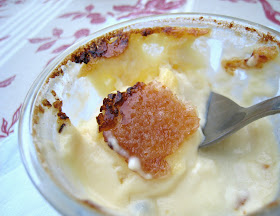
For the last couple of weeks the elderberry bushes have been teeming with fat, juicy berries - a perfect excuse to whip up something berryish.
These are classic american pancakes; thick and fluffy and delicious with butter and a slurp of this summery syrup. I find the flavour of elderberries alone a little too floral but they come into their own when combined with some tart blackberries and a squeeze of lemon.
I've heard of harvesting them using the tines of a fork, but I find it easier to gently remove them from the stems by rolling them between your fingertips until the fruit is released. It's important to carefully separate out stalk or leaves as both can be toxic.
Serves 4
5 medium eggs
1½ cups plain flour
1½ tsp baking powder
150ml buttermilk
50ml milk
a pinch of salt
for the sauce~
150g elderberries
150g blackberries
the juice of half a lemon
125ml water
200g sugar
1) To make the sauce: place all the sauce ingredients into a pan and bring to the boil, then reduce to a simmer and let it bubble for 10 minutes. Let it cool and little then pass through a sieve. Gently press the solids to release the juice but don't mash it through the sieve or the sauce will be cloudy.
2) Now the pancakes: sift together the flour, baking powder, and salt into a bowl, then separate the eggs, adding the yolks to the flour and the whites to a clean bowl. Stir the buttermilk and milk into the flour mixture so it forms a thickish batter.
3) Whisk the whites to stiff peaks, then add a third to the batter and fold in. When it's well combined, add the rest of the whites and fold through.
4) Place a large, heavy bottomed frying pan which has been lightly greased with vegetable oil onto a low/medium heat. Spoon 2 tablespoons of batter into the pan for each pancake, leaving plenty of room for them to spread. When the centre has large bubbles and the edges look a little dry (about 2 minutes), flip them and cook for a minute or so on the other side.
Serve warm with butter and the berry sauce. Irresistible, especially to wasps!























